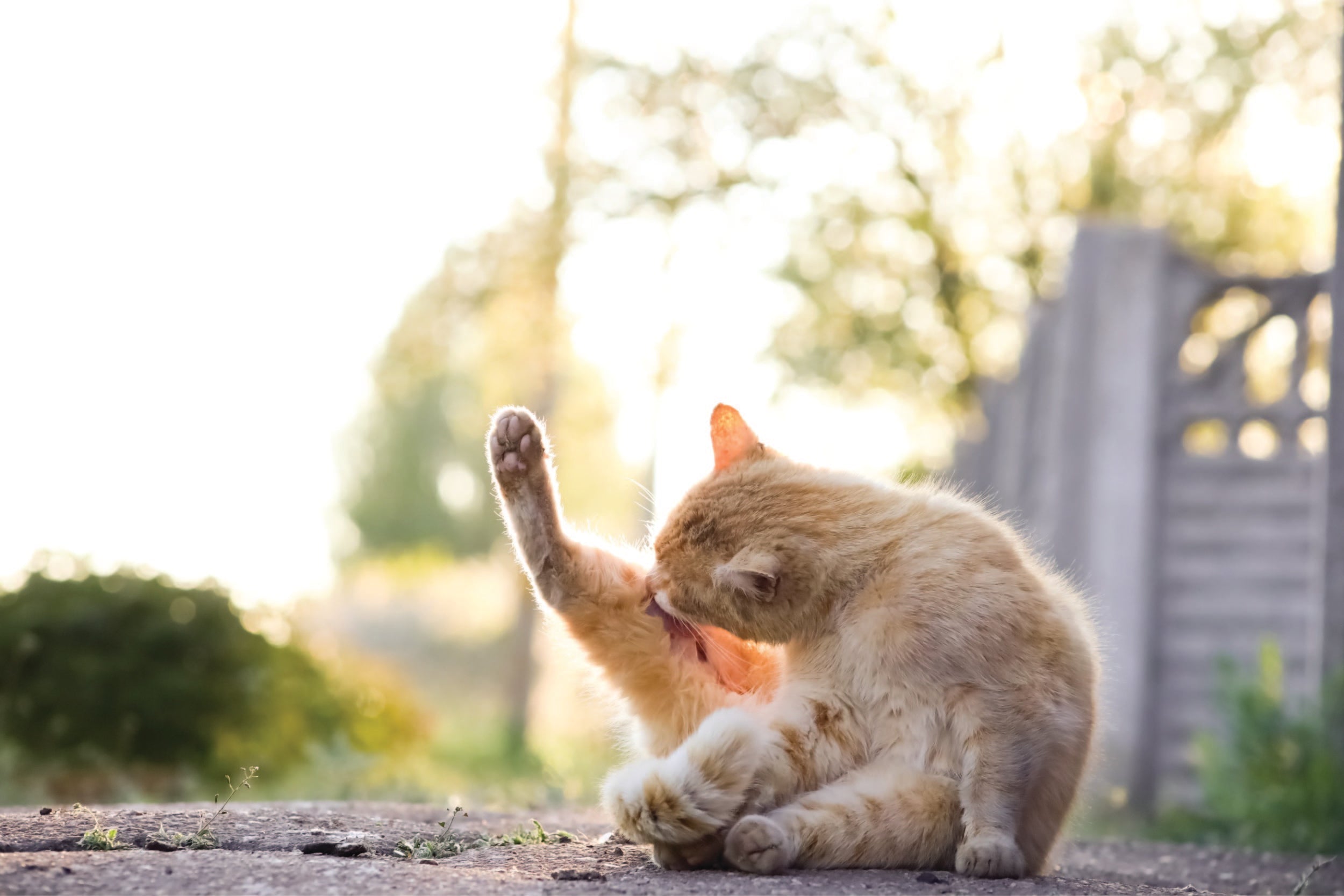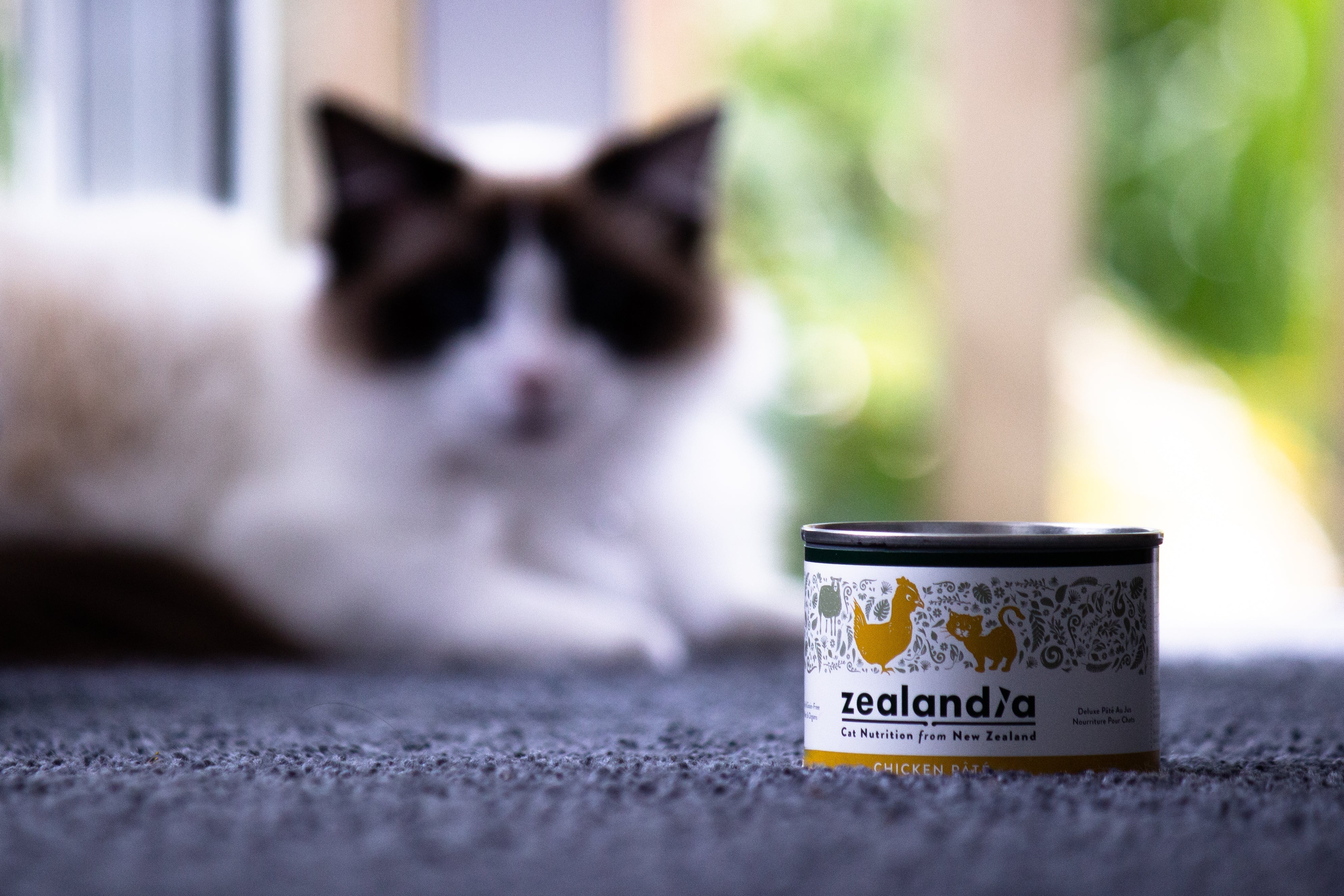My cat or dog is itchy, what can I do about it?

Written by Dr Sarah-Jane Molier BVM&S MRCVS BSc (United Kingdom)
Everyone hates the thought of their companion suffering. There’s nothing worse than being kept awake at night by your pet scratching and not being able to help them. Itching is one of the most common reasons for dogs and cats to visit the vet. So, if your dog is constantly scratching and biting themself, or your cat is itching and licking, you are probably wondering how you can help. Let’s take a look at the most common causes of itching in dogs and cats, and what you can do about them.
Why is my dog or cat so itchy?
The medical term for itching is pruritus. It is a very common symptom of skin disease in dogs and cats and has many possible causes. Let’s take a look at the most common causes of itching in dogs and cats.
Parasites
Fleas or mites are very common, and very itchy! Despite popular belief, you won’t always be able to see them. Some mites burrow under the skin, making them invisible to the naked eye. Ear mites can also be hard to spot, as they can be deep within the ear canal.
Naturally, in an infestation, fleas will be obvious. You will see them on your pet and/or in your home. With lower levels of fleas, you may only notice flea dirt on your pet’s coat. Flea dirt is easiest to find using a flea comb and looks like little brown/black specks. To differentiate it from mud or muck, you can wipe the specks onto a wet piece of white tissue. Because flea dirt is actually poo from the flea, it contains digested blood. This means it will turn red on the wet tissue, whereas dirt will not change colour.
Some pets are allergic to fleas, meaning you may not notice fleas or flea dirt, even though fleas are the culprit! This is because even one or two bites can set off a nasty itch reaction. Cats in particular are also very effective groomers, so they may groom the evidence away.
Atopy
Skin allergies, medically termed atopy or atopic dermatitis, are common in cats and dogs. They can be allergic to many things in the environment, including pollens and house dust mites. Most pets with atopy are allergic to multiple things. In pets with atopy, their immune system overreacts to substances in the environment, triggering inflammation, irritation, and pruritus. The skin’s defence barrier is damaged, which allows yeast and bacteria that live on the skin to multiply out of control, leading to secondary skin infections. The skin infection is also itchy, so it becomes a vicious cycle!
Food allergies
A food allergy happens when the dog or cat’s immune system has an exaggerated response to ingredients in their food. The most common allergens are actually proteins commonly found in pet foods, such as chicken and beef. A food allergy can develop at any time, even if your pet has been eating the same diet for a long time. In fact, a dog or cat can’t be allergic to a food they’ve never eaten before (although they can develop allergies to new foods with time). Food allergies can cause itchy skin, itchy ears, a skin rash, sore skin, and/or gastrointestinal (gut) issues such as diarrhoea and vomiting.
Skin infections
Skin infections caused by either bacteria or yeast tend to be very itchy. They cause red, sore skin, which may look moist. Often there is a skin rash of some description, such as circular red lesions or scabby areas. Skin infections in dogs and cats are normally secondary to (caused by) something else, such as allergies.
Stress or pain overgrooming
While it’s not a true itch, stress can cause dogs and cats to lick themselves excessively. This is known as overgrooming and is especially common in cats. Similarly, if something is sore, cats and dogs will often lick the area excessively, in an attempt to soothe the pain. So a dog with an arthritic joint may over-groom around that joint, for example.
As you can see, there are many possible causes of itching in dogs and cats! If your cat or dog is itchy, it’s important that you take them to a vet so they can identify the underlying cause and prescribe appropriate treatment. Unfortunately, over-the-counter treatments are rarely effective. If left untreated, skin conditions can cause our pets real suffering.
How can the itching be treated?
The treatment for the itching will depend on the cause. The first step is almost always to ensure that your dog or cat is treated with a good quality flea and mite treatment. Your vet may take skin scrapes to check for parasites. This involves gently scraping the skin with a scalpel blade, and then examining the material collected under a microscope.
If your dog or cat has atopy, they will likely need medication for life. This is because atopy can only be managed, rather than cured. There are lots of treatment options available and your vet will discuss the pros and cons of each with you.
Similarly, food allergies cannot be cured, but they can be managed by finding a diet that suits your pet. It’s important to keep in mind that your pet can develop new allergies with time, so you will need to monitor them for ‘flare-ups’. Dogs and cats often have multiple allergies, so some pets with food allergies will need medication to treat other allergies too.
What to feed dogs or cats with itchy skin
In order to diagnose a food allergy, your vet may recommend an elimination diet trial. This involves feeding a specially formulated prescription diet for 8 - 12 weeks. These diets have been hydrolysed, meaning the proteins have been broken down to minimise the chance of an allergic reaction. You would need to feed only this diet and water for the entire trial period, with no other food, treats, or human scraps. If your pet’s symptoms don’t improve, this rules out a food allergy. If your pet’s symptoms do improve, at the end of the trial your vet may ask you to feed your pet’s normal food again. If the symptoms recur, this confirms a food allergy.
Once a food allergy has been confirmed, you may decide to continue with the prescription diet long-term. Otherwise, your vet can guide you through further elimination diet trials to find a diet that suits your pet, and/or to find out what your pet is allergic to.
To find a diet that suits your dog or cat, it’s best to choose a diet containing a novel protein. This means a diet containing a highly digestible protein that your pet has never been exposed to before, so one that is not common in pet foods. Good examples of novel proteins include brushtail, wallaby, and goat. Diets with a single protein source (rather than a mix of different meats) are best and choose a diet free from added artificial colours, flavourings, and preservatives.
My dog or cat is itchy, what can I do about it at home?
If your dog or cat is itchy, you should take them to your vet for diagnosis and treatment. The longer skin conditions go untreated, the worse they become, and the harder to treat.
Following this, there are some measures you can take to support your dog or cat’s skin at home:
- Feed a good quality, complete pet food containing a highly digestible protein, and ideally a protein less commonly found in pet foods, such as brushtail, wallaby, or goat.
- Keep all your pets up to date with parasite prevention with a product recommended by your vet.
- Groom your pet regularly to prevent mats and to regularly remove any pollen or dust.
- Consider using a shampoo designed for pets with skin conditions, such as oatmeal shampoos. Your vet may recommend a medicated shampoo, to reduce the chances of secondary bacterial or yeast infections.
- It’s usually best to avoid creams unless recommended by your vet. Creams can encourage licking and create a moist environment, which actually exacerbates the problem.
- Rinse your dog’s paws after a walk, especially in grassy areas. You could wipe your cat’s paws too, if they allow it!
- Regularly hoover to remove dust and house dust mites.
- Consider a good quality dietary supplement designed to support skin and coat health.
- Avoid air fresheners, scented candles, incense or harsh cleaning chemicals. You should also never smoke around your pets.
- Use non-bio washing detergent, for sensitive skin, to wash any of your pet’s bedding or blankets.
- Try to minimise stress by keeping to a daily routine and ensuring plenty of physical and mental stimulation.
It can be helpful to keep a diary of symptoms so that you can start to notice any trends or patterns. If your dog or cat has a flare-up of itching, seek advice from your vet.
Summary
Itchy skin is one of the most common reasons for a dog or cat to visit the vet. There are many possible causes, ranging from fleas or other parasites to food allergies. Left untreated, itching can cause secondary skin infections and suffering. If your dog or cat is scratching excessively, it’s important that you take them to a vet for diagnosis and treatment. Following on from this, there are measures you can take at home to help your itchy pet, including feeding a good quality diet.



